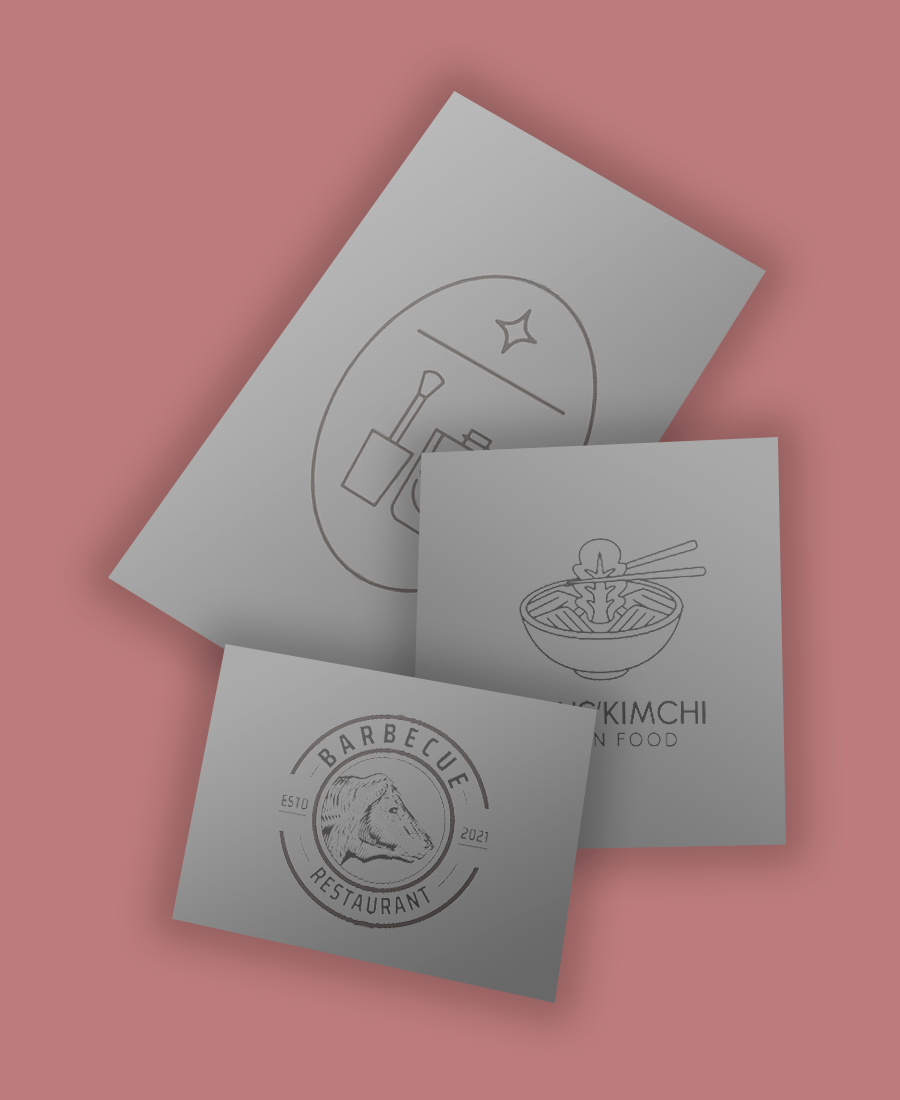What is a printing plate and what purpose does it serve?
People sometimes talk about the cost of plate printing for personalising promotional gifts, but what is a cliché in the field of design and printing? What does its cost depend on?
At Promotionice, we generally refer to the preparation of the design file for printing as a ‘cliché’. This service is almost always included in personalised orders, and is only charged for small orders containing just a few units.
On a more technical level, printing plates are used in inkjet printing processes such as tampography and screen printing.
Both of these printing techniques transfer an image from a plate or cliché, engraved in low relief using a photosensitive process, onto an object. But it is also present in processes such as digital transfer or screen transfer.

All very well, but what exactly is a printing plate?
As you will no doubt have realised, it is a very important element in the inkjet printing process.
In practical terms, printing plates are thin sheets of one or two millimetres coated with a thin layer of photosensitive emulsion. By UV exposure, the motif to be printed is engraved in low relief on the plate.
The printing plate is therefore the surface on which the motif is printed, like a stencil. It is the plate that is used for the final printing on the promotional item to be personalised.
Why is there so much talk about its cost?
It's true that we often hear about the cost of cliché printing, but why?
If you want a logo in several colours, the price can quickly go up. This is because you need as many plates as there are colours. The cost is explained by the fact that a plate has to be made for each colour.
A large marking area can also quickly add to the cost. Of course, the larger the plate, the higher the cost. The cost also varies according to the type of plate used.
At Promotionice, the photolith, in other words the transparent film used to expose and print the design on the plate, is vegetable-based. It deteriorates gradually and can therefore be used for a limited number of prints.
